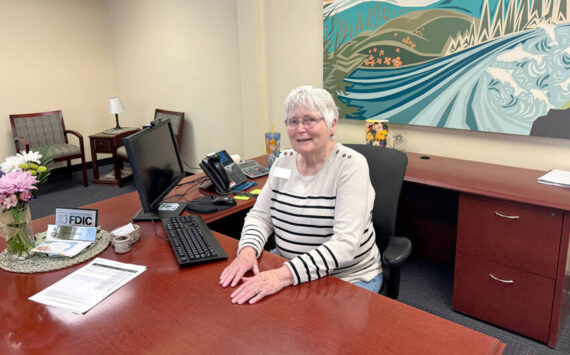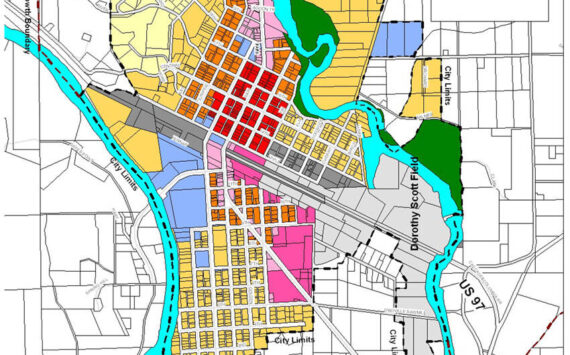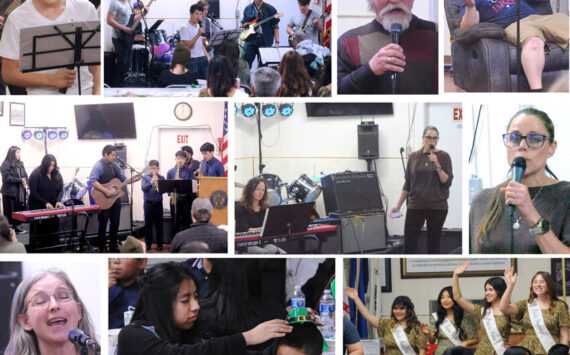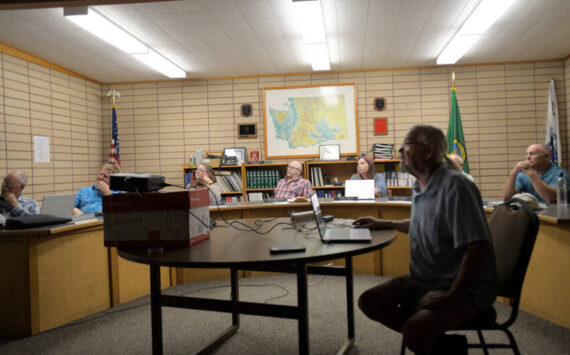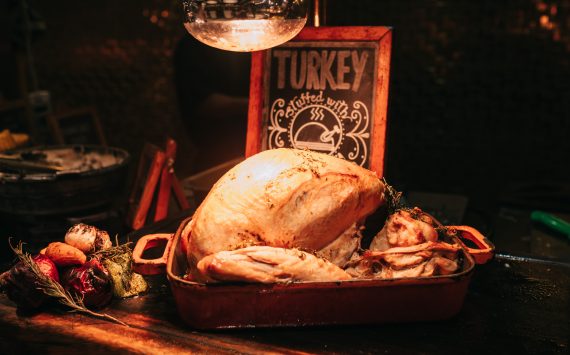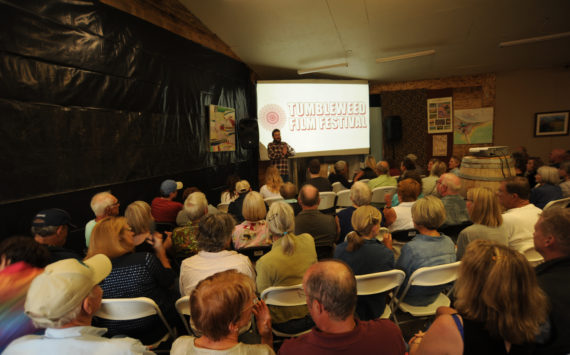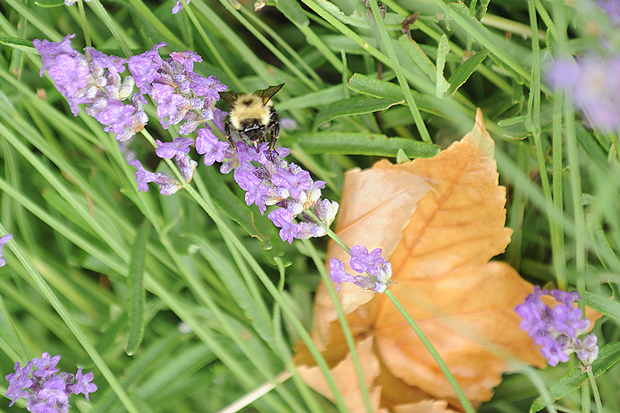
Unfortunately I wasn’t able to attend all of the goings on up in Sinlahekin Wildlife Area these past few weekends. There was a celebration that included lots of opportunity to learn about the history of the area and the wildlife that is so abundant, and in some cases unique, the Sinlahekin.
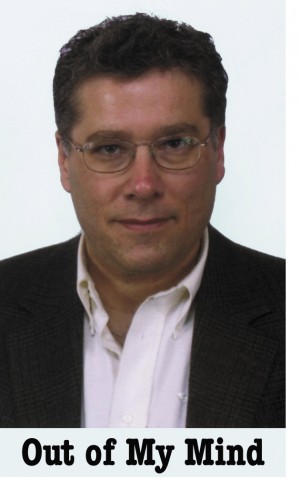 After taking in the Tonasket Father’s Day Fly-in, I did rush up to Loomis to catch part of Jack Nisbet’s talk about Scottish Naturalist David Douglas and the many plants he collected in the area. Douglas explored the region in the early part of the 1800s and collected seeds to send home, which were germinated there and then hand illustrated. Many of those plants can now be found growing in the Scottish rock gardens of today. While others, like some of the unwanted imports from Europe and Asia that harass us, are considered nuisance plants or plain old noxious weeds.
After taking in the Tonasket Father’s Day Fly-in, I did rush up to Loomis to catch part of Jack Nisbet’s talk about Scottish Naturalist David Douglas and the many plants he collected in the area. Douglas explored the region in the early part of the 1800s and collected seeds to send home, which were germinated there and then hand illustrated. Many of those plants can now be found growing in the Scottish rock gardens of today. While others, like some of the unwanted imports from Europe and Asia that harass us, are considered nuisance plants or plain old noxious weeds.
Afterward I sat down with David Rolfs from Wenatchee. He spoke earlier about the Sinlahekin’s tiniest wildlife, the native bees and why we need them. Rolfs is undertaking the large task of authoring a Field Guide to Native Bees of Central Washington. He told me there are over 600 species of native bees in our part of the state ranging from the very tiny, where differentiating between species takes a microscope, to the larger bumble bees. He said that all bees are important and that 85 percent of all pollination is carried out by native bees, while only 15 percent is done by the honey bee, an import from Europe, Asia and Africa. There wasn’t a single honey bee in the Americas when Columbus arrived, Rolf said. He also said the Time magazine cover story on the loss of bees of all kinds should serve as a warning that we must change the way we do things or risk losing our food supply.
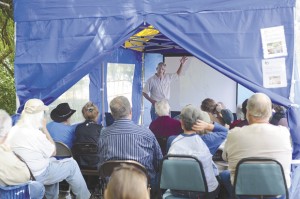
I also chatted with Tom Burke, author of Land Snails and Slugs of the Pacific Northwest. He spoke about the Sinlahekin’s Not-So-Creepy Crawlers: Snails, Slugs and other Mollusks. He made the snails, slugs, clams and mussels sound more interesting than you might think and made it clear that they play an important purpose in nature.
And of course I also stopped by the Be Bear Aware! booth ran by Chuck Bartlebaugh and had a go with an inert training canister of Bear Deterrent. We had an article about him in last week’s paper.
All in all it would have been nice to check out the party and all the wildlife talks and walks. The Sinlahekin Wildlife Area is an important asset to our county, the state and nation. It offers many wildlife viewing and fishing opportunities. There are trails to hike and much to see. Let’s hope we continue to preserve these important places and their natural inhabitants for ourselves and future generations to come.
